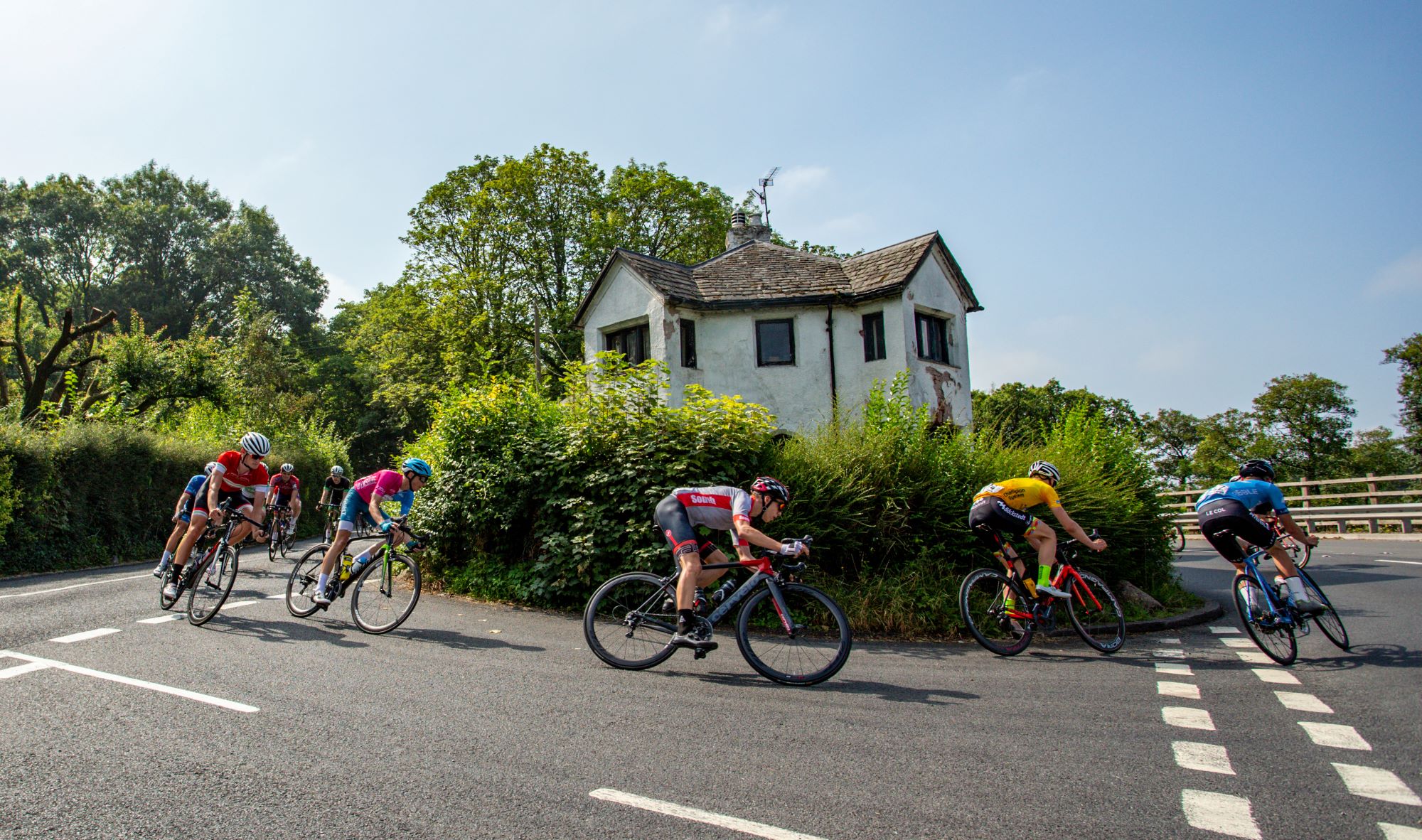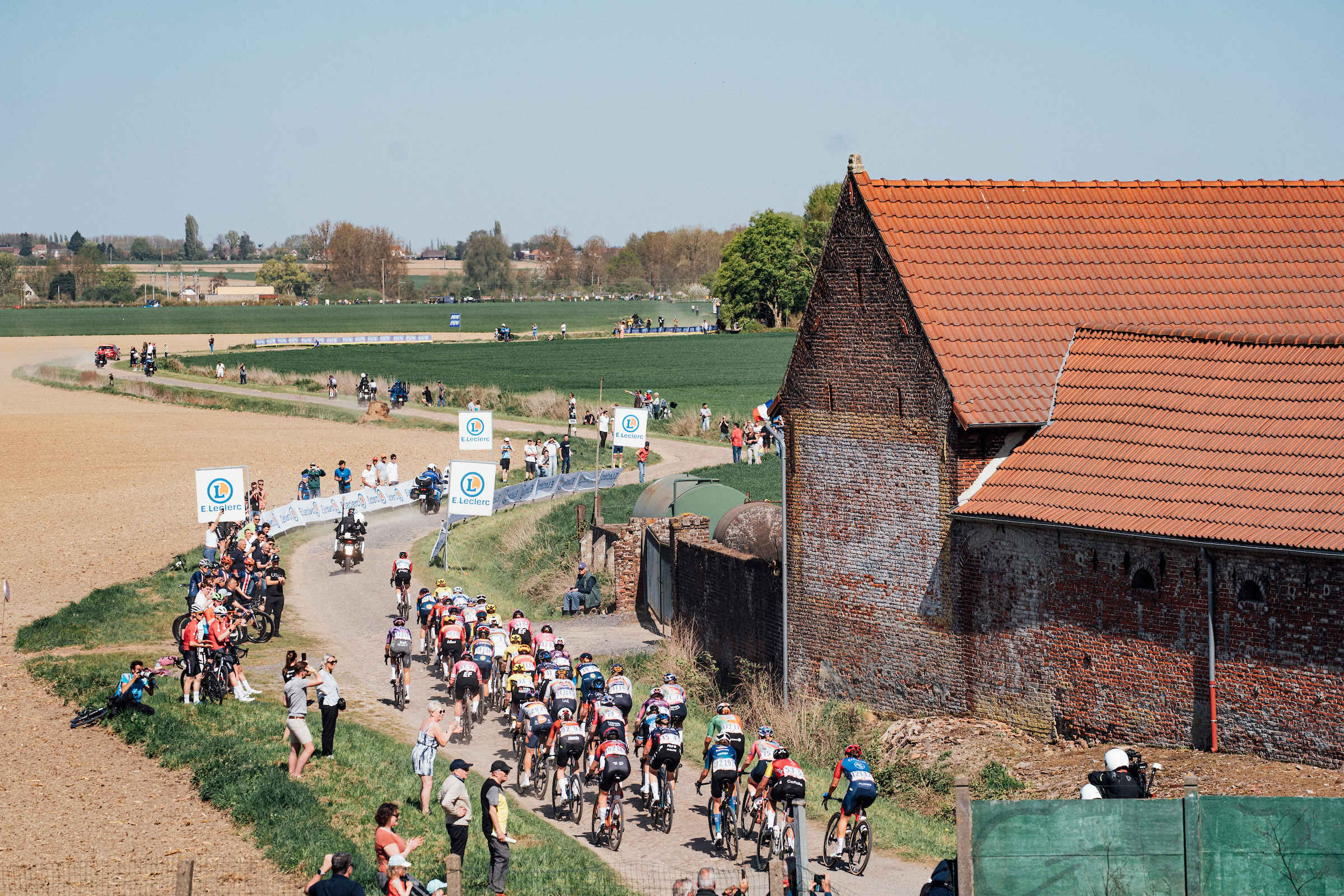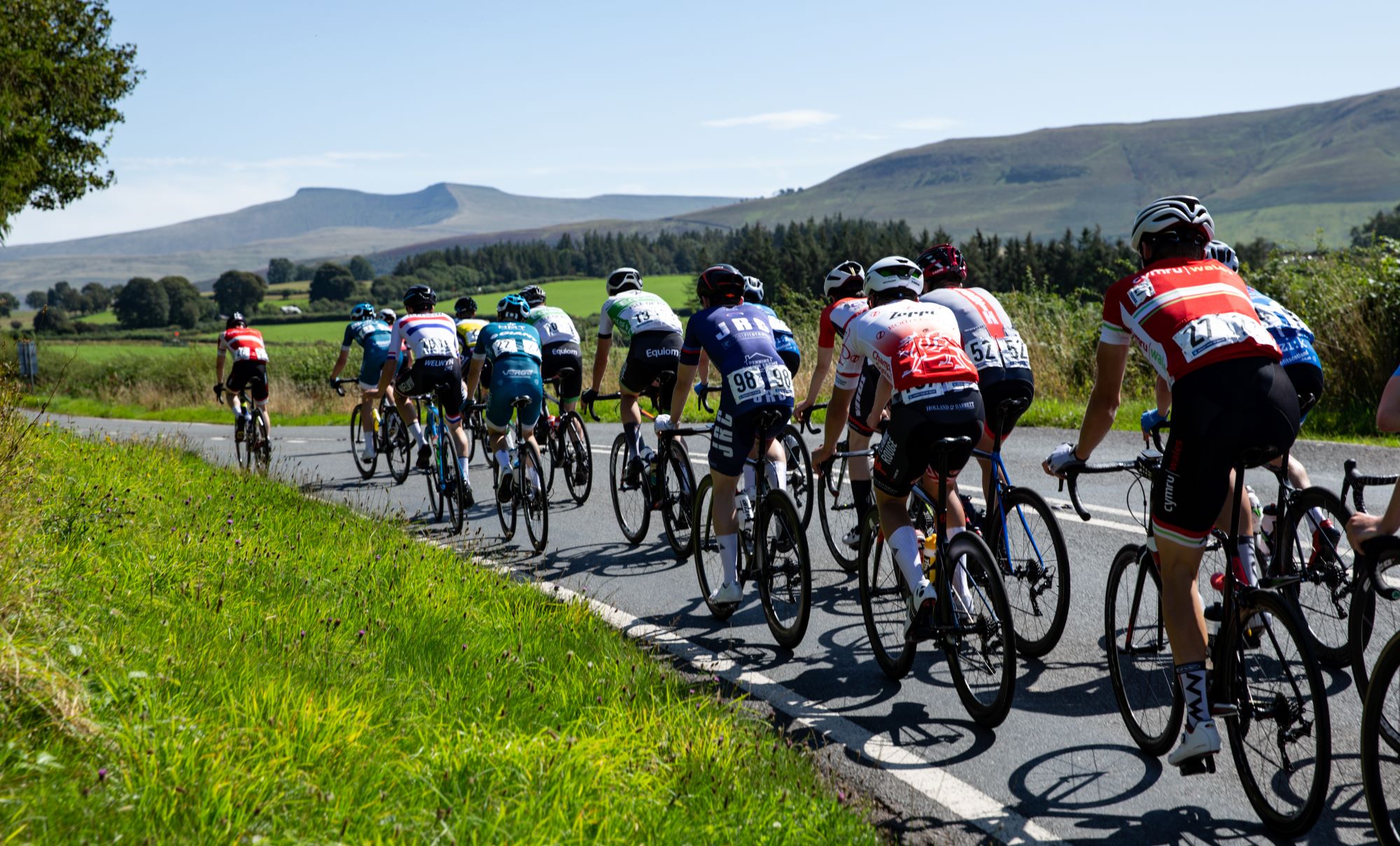20mph restrictions force key British race to make late route change
Junior Tour of Wales altered at last minute due to 11 kilometres of 20mph sections


The Junior Tour of Wales, one of Britain’s most important development races, has been forced into a last minute course alteration due to a handful of 20mph zones featuring in the 381 kilometre route, Cycling Weekly has learned.
First held in 1981, the long-standing four-day event typically attracts Britain’s best junior male riders as well as elite international junior teams from across Europe. Former winners include Roger Hammond, Dan Martin, Fred Wright, Tom Pidcock and Lewis Askey.
Despite the initial course for this year including just eleven kilometres of 20mph zones, the collapse of a planned legal mitigation has meant that the race organiser was left with no choice other than to adjust the course ahead of the race taking place this weekend.
Race organiser Richard Hopkins confirmed the course change last week. He said that the introduction of the 20mph default in Wales last year had largely meant that the writing was on the wall for his event, but he explained that his team had worked tirelessly alongside Welsh Cycling and the Welsh government to ensure that a work around could be found.
"We were hoping to have a legal mitigation in place to enable the initial route to remain fully viable but it hasn't come through in time," Hopkins told CW. "And we can't assure the race, and public's, safety in a context where our marshals, lead cars, commissaires and the convoy can't always keep pace and spacing around the riders.
"This has been an issue we knew was coming since the introduction of the 20mph default in Wales last year - and to be fair, both Welsh Cycling and the Welsh Government recognised it as an unintended consequence of the legislation and have been working on the mitigation in order to keep racing going."
Hopkins explained that after weeks of discussions, he had only been notified at the last minute that a course change was likely to be his only option to ensure that support from the relevant authorities to enable his race to take place safely was available.
Get The Leadout Newsletter
The latest race content, interviews, features, reviews and expert buying guides, direct to your inbox!
"We've tried everything we can, and we were so agonisingly close to a solution, but now have no choice but to adapt the route," he added. "It's so massively frustrating, as the actual amount of 20mph is minute - just 7 miles of a 237 mile race, and most of it is just a few hundred metres at a time. But it's enough, unfortunately.
"I just hope the standby routes are actually achievable and keep enough of the flavour of the race to maintain the riders' interest. Both because we need to see a sporting, hard-won Tour, but also because the risks of riders pulling out make the race unviable from a financial standpoint."
After weeks of dialogue, Hopkins recently notified entrants that the course would be changing.
He explained that throughout the entire process there had been inconsistency with different authorities regarding the situation, and called on the sport’s governing bodies to do more in order to ensure that the procedure around dealing with 20mph zones was clearer, so that similar situations did not develop in future.
"I know the general idea of 20mph zones has caused issues to other event organisers in England too and it's a massive potential problem," he said.
"One section of just a few hundred metres can take an entire course out of commission. And while some councils and police services are reactive and supportive, others aren't - and the differences in approach in different regions makes it very difficult for organisers to keep up.
"It's already very difficult and time-consuming to put races on, and this is another challenge where we really need the governing bodies to step up and advocate for a solution."
British Cycling and Welsh Cycling have both been contacted to provide further information on this story.

Thank you for reading 20 articles this month* Join now for unlimited access
Enjoy your first month for just £1 / $1 / €1
*Read 5 free articles per month without a subscription

Join now for unlimited access
Try first month for just £1 / $1 / €1

Tom has been writing for Cycling Weekly since 2022 and his news stories, rider interviews and features appear both online and in the magazine.
Since joining the team, he has reported from some of professional cycling's biggest races and events including the Tour de France and the World Championships in Glasgow. He has also covered major races elsewhere across the world. As well as on the ground reporting, Tom writes race reports from the men's and women's WorldTour and focuses on coverage of UK domestic cycling.
-
 Hayfever and your riding: how to combat it as the pollen strikes
Hayfever and your riding: how to combat it as the pollen strikesExplanations, medications and holistic measures to make your spring and summer riding more enjoyable
By James Shrubsall
-
 I went to Paris-Roubaix Femmes and was shocked at how it is still treated as secondary to the men’s race
I went to Paris-Roubaix Femmes and was shocked at how it is still treated as secondary to the men’s raceThe women’s version of the Hell of the North is five years old, but needs to be put more on equal footing with the men
By Adam Becket
